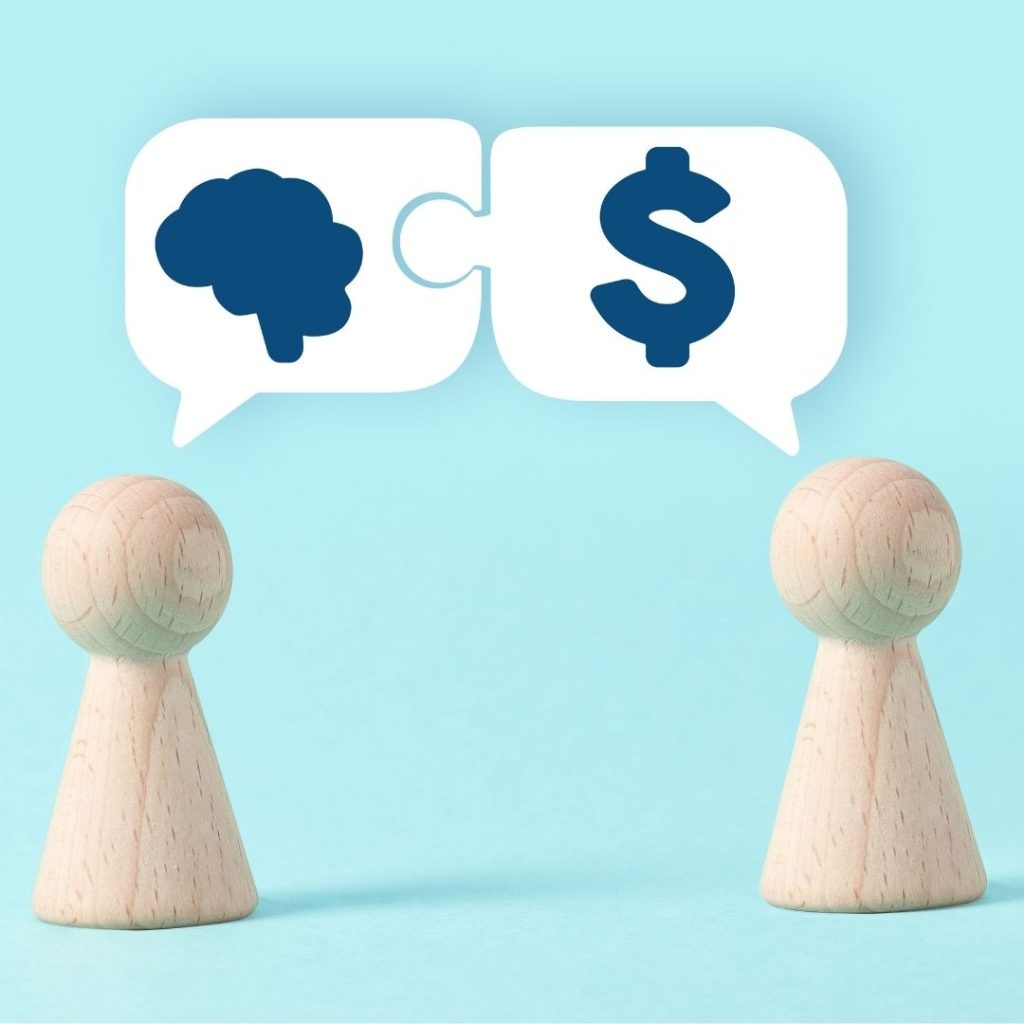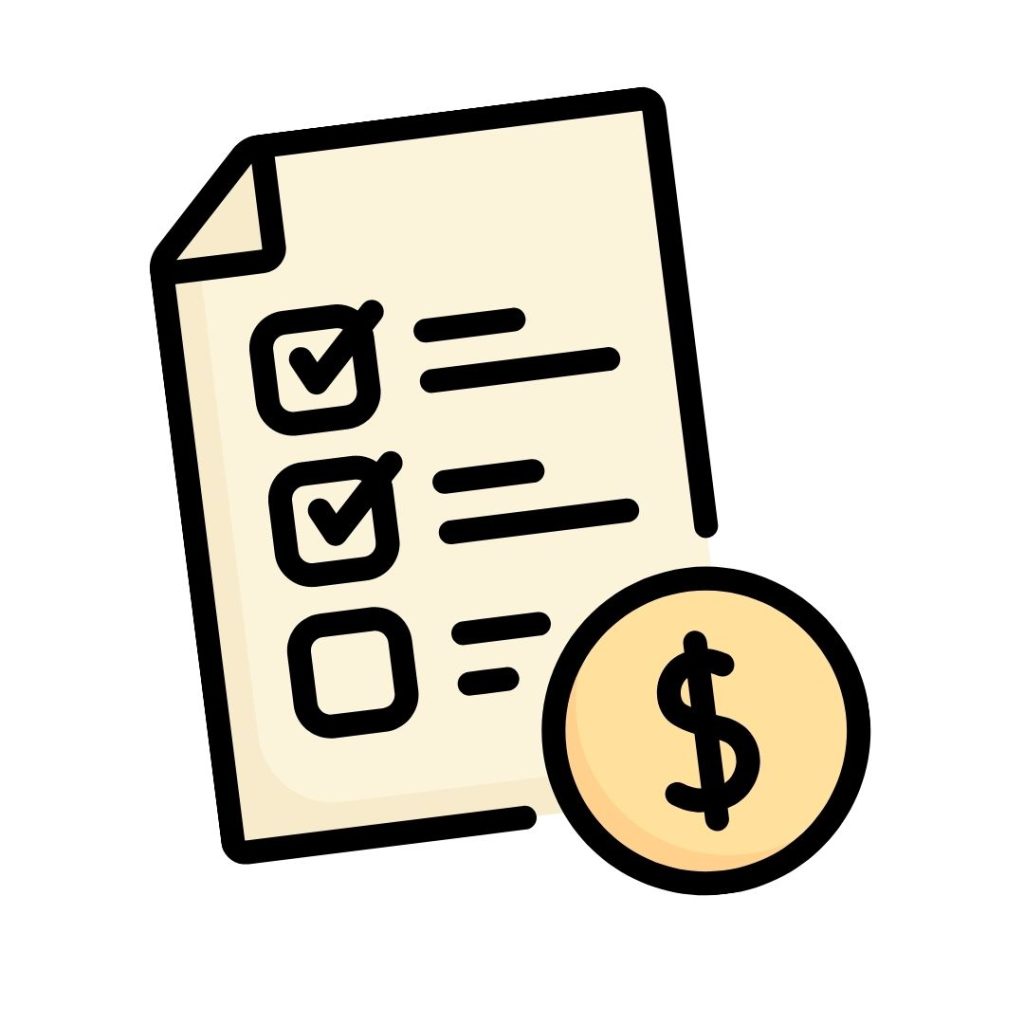

by Rachel Smith
28 June 2019
Whether you’re buying undies online, ordering dinner in a restaurant or deciding whether you need Foxtel AND Netflix, it’s a fact that humans generally love a choice. Preferably a few choices.
And your clients are exactly the same.
They like to have options and when they’re looking to hire a freelancer many of them will want to shop around. (Even if that drives us nuts.) And how can you ensure that what you’re offering is a little bit more attractive than what your competitor might be serving up?
Good question. We’ve shared tools about how to calculate your rate, and creating a rate card to send to clients (you can grab our rate card here and our pay rates report here to get you started). But there’s a lot written about tiered pricing and psychological pricing, and the different ways you can price your services to make them more attractive to clients.
Using tiered pricing, you might provide options / packages for clients of varying prices and degrees of value. If you’re putting these packages on a pricing page on your website (which is a whole other post), you might even label your packages things like ‘budget’, ‘most popular’ and ‘premium’, which is said to ease the anxiety of decision making and provide a handy reference point for clients trying to work out what fits with their budget.
I have quite a few clients who are time-poor and not very online savvy. And say a client rings me up and says, ‘I need two blog posts on XYZ and I’m too busy to do them myself. Can you do those for me?’
And, thinking about how easily I could knock that job over and get paid, I might be tempted to say, ‘Of course! Two posts on XYZ will be $900 and I’ll have them to you on Monday’. Then I would pat myself on the back for landing such an easy job. Ka-CHING!

But I don’t do that. Firstly because I know that two posts on a client’s blog who never posts again because they’re too busy is going to do sweet FA for their engagement and getting them any Google love. And while the temptation is there to take the money and run, I’d see this as the perfect opportunity to make more money on what was initially an $900 project. Potentially a LOT more money.
So I’d tell the client that they’d need to promote those posts, and do some social, and send regular newsletters to their subscribers, and of course write more posts more regularly. All of which is completely true. No porky pies here. And I want to be useful to that client and help them and their business if I can, so it’s worth my while educating them a little bit.
The next words out of that client’s mouth are usually something along the lines of, “Okay… and are you able to do all that too?”
And I say, ‘Of course!’ I then talk to the client a bit about their pain points. What their business goals are. Maybe they want more traffic. Or maybe they’re not sure how to get people to subscribe and need a slick lead magnet. They might want to increase sales. Or perhaps they just literally have zero time for any marketing or content but their business is crying out for a bit of brand awareness. Once you know what your client’s pain points are, you can think up ways to help them – and the knock-on effects are, of course, more $$$ coming in for you.
Once you know what your client needs, you can offer to send over your rate card which has tiered pricing for different packages or ‘bundles’. Or even custom packages you’ve designed just for them.

The first option gives them what they’ve asked for, while the slightly more expensive bundles offers up things they didn’t realise they needed, but now do (and subsequently want). The third, most premium option, is expensive but offers the most value to the client and their business (and specifically addresses those pain points).
So you’re upselling them, yes – but you’re also adding value they need, with each package they have to choose from.
So for example, if you’re bundling content services, your packages might look like this:
When you position prices next to each other like this, it can makes something look more or less attractive compared to what’s next to it. And you can create a heap of bundles specific to what you do and what your clients typically want. If you get a lot of the same clients – like small or medium businesses who need content – chances are your bundles will appeal to them, too. You could also offer pricing for separate items but make it clear that if they purchase a bundle they get a small discount.
Going back to the idea that people like choices, you’d hope the client would be tempted to stick around and consider your tiered pricing more than just hiring Joe Blow who sent over a quote but didn’t bother to explain that two blog posts were not going to do much for that client’s business. You’re offering more information, more value and most importantly, a range of choices that show the client you’re sensitive to their budget.

The great thing that can happen from tiered pricing is that once the client has opted for one of your packages and gets used to you writing that monthly blog post and providing teasers and images and handling the EDM, they don’t want to stop doing it. So it can often turn into a retainer (and aren’t regular, stable gigs what we all want?).
Do you do tiered pricing or any other psychological pricing tactics with your clients? We’d love to hear from you in the comments.
I never thought about tiered pricing in that way, like I have different prices if you get 1 vs 10 blogs but they all come with multiple headline suggestions, social media snippets and suggested images….may have to factor this process in as I am currently reviewing my rates. Thanks!
Pricing can be so tricky, can’t it? I do think clients often want multiple things and tasks done so it makes sense to bundle those and to also think of how you can add value to different ‘tiers’, so to speak.